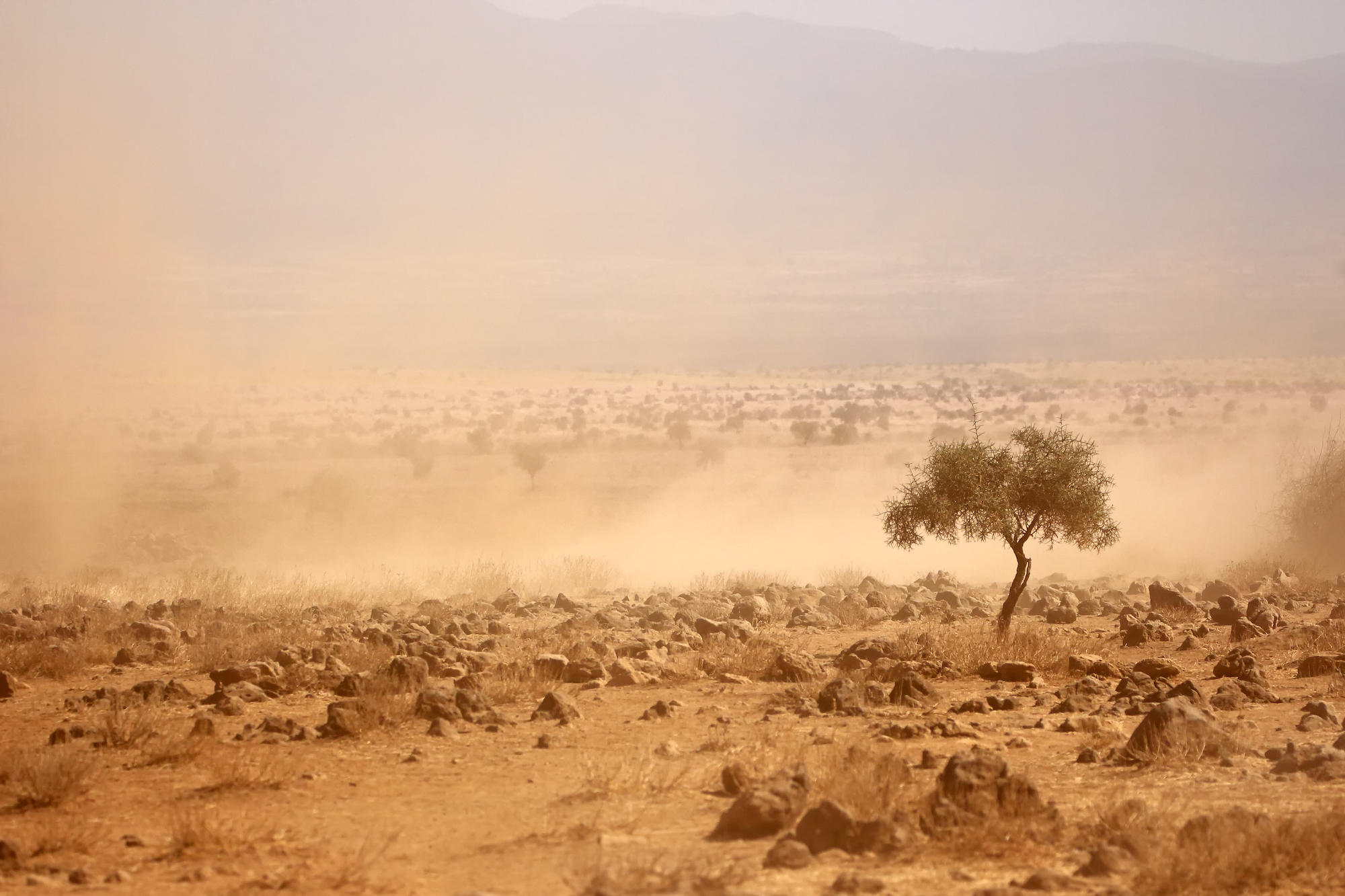
Predicting drought and famine to help save lives
Scientists from different fields of research have teamed up predict incidences of drought and famine in an effort to save lives.
An early warning system designed by a multidisciplinary team of climatologists and food security and resource experts has already proven successful at mitigating severe food shortages from drought in Africa.
In 2016, 81 million people worldwide experienced food insecurity, and 80 percent of that group live in Africa.
Food insecurity in Africa can be traced back to several factors including civil war, but drought due to climate change is a large part of the recent shortages.
Climatologists from the University of California, Santa Barbara’s Climate Hazards Group have studied the relationship between warm sea-surface temperatures and drough to create accurate predictions that could help those in high-risk areas adequately prepare.
The UC Santa Barbara team collaborated with the Famine Early Systems Network, the Center for Earth Resources Observation and Science, and the National Oceanic and Atmospheric Administration.
Understanding the relationship between sea surface temperatures and drier rainy seasons was a key part of the research.
“Sea surface temperatures create opportunities for prediction because a really warm ocean often triggers changes in atmospheric circulation that produce droughts in some places and more rainfall in others,” said Chris Funk, a member of the early predictions research team. “If we pay attention and watch where those exceptionally warm sea surface temperatures are, we then can produce better drought forecasts that help prevent food insecurity in Africa.”
The researchers came up with a series of predictions and effectively created an early warning system for a series of droughts that swept through parts of Africa in 2015. In June of that year, the researchers projected a drier than usual rainy season.
The predictions ultimately came true, and what little rainfall that did occur in southern Africa came far later than usual. Soon after, the area experienced a severe drought that could have resulted in many more fatalities had it not been for the early warning given.
The researchers also predicted and prevented major crises from droughts in 2016 and 2017 in the Eastern Horn of Africa, eastern Ethiopia and southern Somalia.
The early warning system illustrates the potential of bringing scientists, experts, and policymakers from different fields together to battle food insecurity.
—
By Kay Vandette, Earth.com Staff Writer













